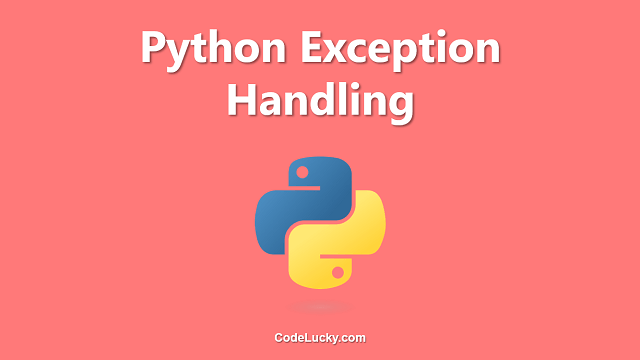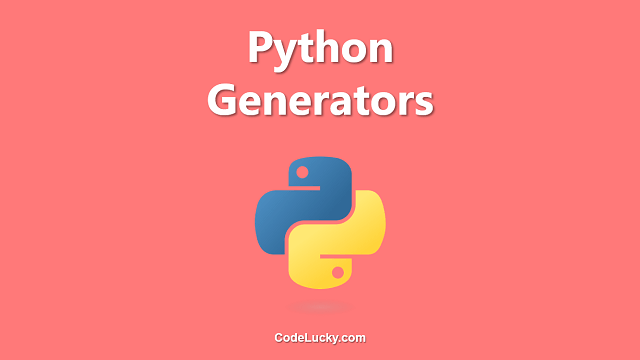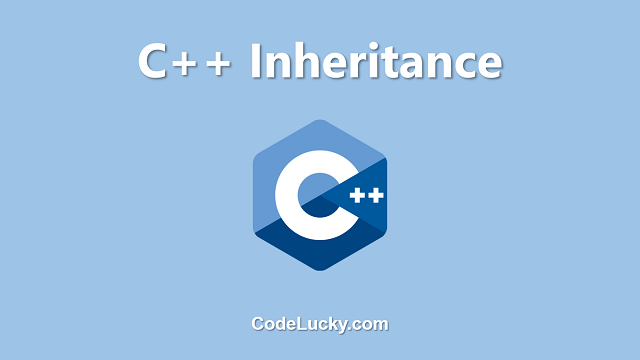In C++, exception handling is a mechanism that allows you to detect and handle runtime errors in your code. The main advantage of exception handling is that it separates the error-handling code from the normal code, making the latter easier to read and maintain. This article will explain the basics of C++ exception handling, including the try-catch block, throwing and catching exceptions, and the standard exception classes.
The try-catch Block
The basic structure of exception handling in C++ is the try-catch block. The try block contains the code that might throw an exception, and the catch block contains the code that will handle the exception. The syntax of the try-catch block is as follows:
try {
// code that might throw an exception
} catch (ExceptionType e) {
// code that will handle the exception
}
In this example, the code in the try block might throw an exception of type ExceptionType. If an exception of this type is thrown, the control of the program will be transferred to the catch block. The exception object, in this case, ‘e’, can be used to access information about the exception. Once the catch block has finished executing, the control of the program will be transferred back to the code following the try-catch block.
It’s important to note that only the first catch block that can handle the thrown exception will be executed. If there are multiple catch blocks and multiple catch blocks that can handle the thrown exception, only the first one will be executed. If no catch block can handle the thrown exception, the program will terminate.
Throwing Exceptions
To throw an exception, you use the throw keyword followed by the exception object. The exception object can be of any type, but it’s usually an object of a class derived from the standard exception class. The following code demonstrates how to throw an exception:
#include <iostream>
using namespace std;
void divide(int a, int b) {
if (b == 0) {
throw runtime_error("Division by zero");
}
cout << a / b << endl;
}
int main() {
try {
divide(10, 0);
} catch (runtime_error &e) {
cout << e.what() << endl;
}
return 0;
}
In this example, the divide function takes two integer arguments, a and b, and divides them. If b is equal to zero, the function throws a runtime_error exception with the message “Division by zero”. The main function catches this exception and prints the error message using the what() function of the exception object.
Catching Exceptions
You can catch an exception by using the catch block, as shown in the example above. You can catch an exception of any type by using the ellipsis (…) as the exception type. However, it’s usually better to catch specific exception types, as this allows you to handle different types of exceptions in different ways. The following code demonstrates how to catch different types of exceptions:
#include <iostream>
using namespace std;
void throwException() {
throw runtime_error("This is a runtime error");
}
int main() {
try {
throwException();
} catch (runtime_error &e) {
cout << "Caught runtime error: " << e.what() << endl;
} catch (exception &e) {
cout << "Caught exception: " << e.what() << endl;
} catch (...) {
cout << "Caught an unknown exception" << endl;
}
return 0;
}
In this example, the throwException function throws a runtime_error exception. The main function catches this exception and prints the error message using the what() function of the exception object. Additionally, the main function also catches exceptions of type exception and any other type of exception using the ellipsis catch block. It’s important to note that the catch blocks should be ordered from most specific to least specific, as the first catch block that can handle the exception will be executed.
Standard Exception Classes
C++ provides a set of standard exception classes in the library. These classes are derived from the base class exception and provide a more specific way of handling different types of exceptions. Some of the most commonly used standard exception classes are:
- std::exception: The base class for all exceptions.
- std::runtime_error: Exception class for runtime errors.
- std::logic_error: Exception class for logic errors.
- std::bad_alloc: Exception class for memory allocation errors.
- std::bad_cast: Exception class for type casting errors.
- std::bad_exception: Exception class for unexpected exceptions.
- std::bad_typeid: Exception class for type identification errors.
These classes provide a what() member function that returns a C-style string describing the exception. Additionally, they also provide a virtual destructor to ensure proper cleanup of resources.
Creating Custom Exception Classes
You can also create your own exception classes by deriving from the standard exception classes. This allows you to create exceptions that are more specific to your application. The following code demonstrates how to create a custom exception class:
#include <iostream>
using namespace std;
class DivideByZeroException : public runtime_error {
public:
DivideByZeroException() : runtime_error("Division by zero") {}
};
void divide(int a, int b) {
if (b == 0) {
throw DivideByZeroException();
}
cout << a / b << endl;
}
int main() {
try {
divide(10, 0);
} catch (DivideByZeroException &e) {
cout << e.what() << endl;
}
return 0;
}
In this example, a new exception class called DivideByZeroException is defined by deriving from the runtime_error class. This class has a constructor that calls the runtime_error constructor and passes it the error message “Division by zero”. The divide function throws an instance of the DivideByZeroException class when the denominator is zero. The main function catches the exception and prints the error message using the what() function of the exception object. This way, the program can provide more specific and meaningful error messages to the user, rather than just a generic “runtime error” message.
It’s important to note that when creating custom exception classes, it’s a good practice to derive them from the appropriate standard exception class, such as runtime_error for runtime errors or logic_error for logic errors. This way, you can catch specific exception types in your catch blocks and handle them accordingly. Additionally, it’s also important to provide a meaningful error message in the constructor of your custom exception class that describes the error that occurred, to help with debugging and troubleshooting.
Conclusion
Exceptions provide a powerful mechanism for handling errors and exceptional conditions in C++. They allow you to separate error-handling code from the main code and provide a way to handle different types of errors in a more specific manner. By using the standard exception classes and creating custom exception classes, you can create robust and maintainable code that is easy to debug and understand.
It’s also important to note that, when using exceptions, it’s crucial to use them in a meaningful way. Avoid using exceptions for flow control, and make sure to catch exceptions close to where they are thrown, so the program can recover from the error or terminate in a controlled manner.







